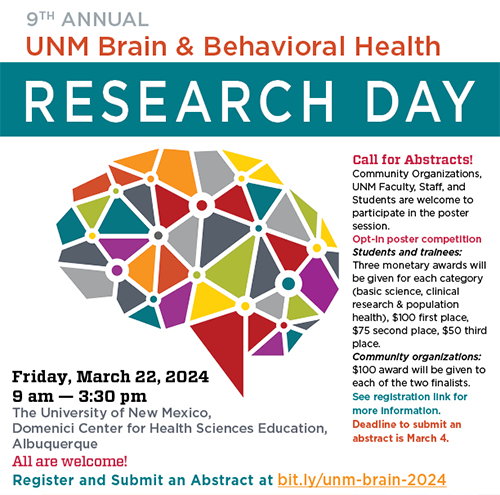Document Type
Poster
Publication Date
2021
Abstract
Glioblastoma (GBM) makes up about 50% of primary brain tumors and survival has not increased over the last 30 years, with less than 5% of patients surviving past 5 years of diagnosis. The lethality of GBM is likely due to high degree of inter- and intratumoral heterogeneity and the presence of key neurodevelopmental transcription factors such as ASCL1 and OLIG2, which have been shown to be present in the majority of GBMs. Functionally, these basic-helix-loop-helix (bHLH) transcription factors form heterodimers with E-proteins (E47/TCF4) and bind to DNA to regulate gene transcription. Previously, we showed that ASCL1 binds to promoter and enhancer regions of genes that are involved in cell cycle and glial development, including that of OLIG2, in patient-derived GBM xenograft (PDX-GBM). Similarly, OLIG2 is able to bind to the majority of ASCL1 target genes, including the promoter regions of ASCL1 and its own promoter region, illustrating a potential feed-forward function between these two bHLH transcription factors in GBM. While ASCL1 and OLIG1 play key roles in neuronal and glial development, their combinatorial roles in GBM are as of yet untested in vivo in the brain. It has been proposed that the presence of ASCL1 and OLIG2 contribute to the neural stem cell-like properties of these cancer cells, which may be responsible for the increased treatment resistivity and high recurrence rate of GBMs in patients. Our research has shown that ASCL1 plays an important role in regulating the proliferation and migration of tumor cells across the corpus callosum and into the parenchyma in the brain of a pre-clinical GBM mouse model. Remarkably, the loss of ASCL1 alone slows tumor progression but is not enough to stop tumor growth entirely, but the combined loss of both ASCL1 and OLIG2 completely prevents tumor growth and resulted in 100% survival of the mice up to 6 months. These research findings elucidate the need for a better understanding of ASCL1 and OLIG2 as well as their downstream targets as they could lead to the development of novel therapeutics for patients suffering from GBM.
Recommended Citation
Myers, Bianca L.; Matthew Keith; Rebekkah Anderson; and Tou Yia Vue. "Loss of Neurodevelopmental Transcription Factors in Glioblastoma Leads to Decreased Progression and Proliferation and Increased Survival." (2021). https://digitalrepository.unm.edu/hsc-bbhrd/22


Comments
Poster presented at the Brain & Behavioral Health Research Day 2021